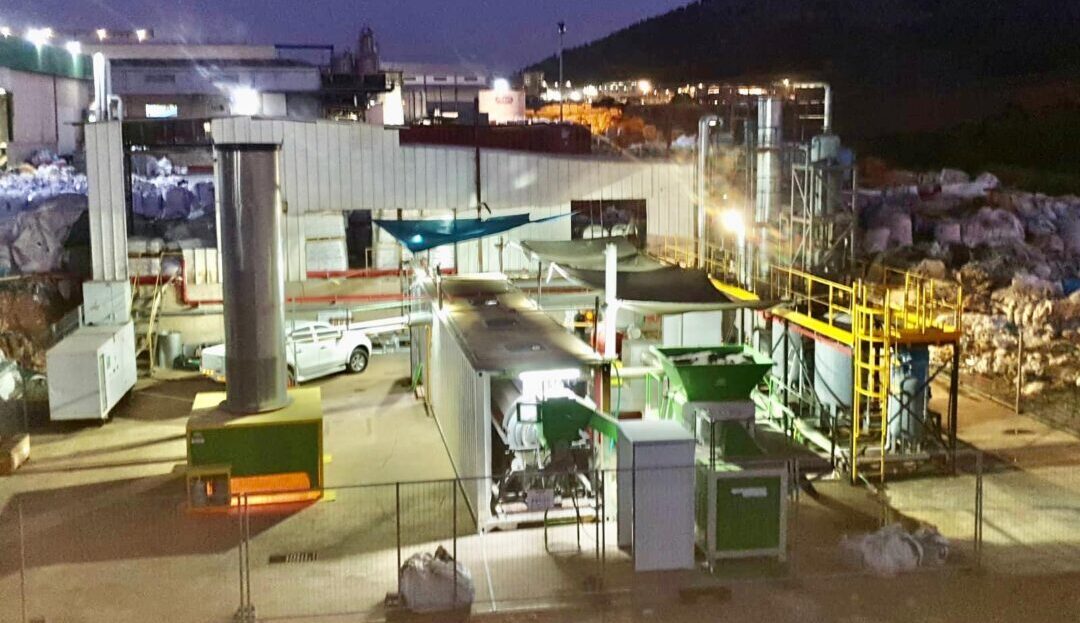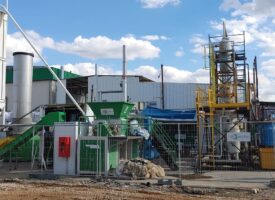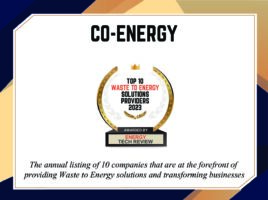The term Waste-to-Energy (also known as “WTE”) describes the process of using waste as a source for production of energy. This definition encompasses three pillars – the waste; the process that waste undergoes; and the energy that is produced as a result of that process. In this paper we will briefly discuss each one of these pillars and show how Co-Energy’s module can maximize the potential of each step in itself and of the process as a whole.
The Waste
Municipal Solid Waste, also known as MSW, is the main source of the waste-to-energy process. Modern life generates huge amounts of waste on a daily basis. Along with desired education and raising public awareness to the importance of limited consumption and recycling; waste treatment strategies are becoming a growing concern for municipalities worldwide.
Waste-to-energy as a waste treatment strategy is a great way turning a nuisance into a resource. Furthermore, when done properly, waste-to-energy has a sound economic rationale that can produce significant income from the selling of energy. Using Co-Energy’s solution, the expected return on investment is dramatically short and the profit projections are high.
MSW is usually composed of the following nine types of materials: (1) papers including uncoated corrugated cardboard, paper bags, newspapers etc.; (2) glass including flat glass and various colors of glass bottles and containers; (3) metal including steel cans, major appliances, used oil filters etc.; (4) electronics including brown goods, computer related electronics etc.; (5) plastics including PETE containers, HDPE containers, plastic trash bags etc.; (6) other organics including food, leaves and grass, manures, textiles etc.; (7) construction and demolition including concrete, asphalt paving, lumber etc.; (8) household hazardous waste including paint, used oil, batteries etc.; and (9) special waste including ash, treated medical waste, tires etc.
Sorting MSW to its different components so that each could be treated is a long and costly process. One of the key advantages of using Co-Energy’s plant is that sorting is not required, thus saving time and money to waste treatment entities. It also shortens the process, making it efficient and simple in terms of the logistics it requires.
The Process
The process of turning waste into energy can take several forms. The most common method is by incineration, in which organic waste is combusted and energy is produced as a result. Incineration was originally adopted as an advanced alternative to landfilling, in which waste is buried underground, a method that is widely regarded as inefficient and damaging to the environment.
The process of waste to energy we at Co-Energy use is pyrolysis, a chemical process known since the 18th century. Pyrolysis is the thermos-chemical decomposition of material at 400° Celsius, in an aerobic environment, that is in a complete lack of oxygen.
The temperatures required for pyrolysis are substantially lower than those required for conventional gasification or other methods like plasma arc. This is another advantage of the pyrolysis method. It lowers the costs of the process, enhances the lifespan of the plant, and contributes to safety aspects of the plant’s operation.
In addition, the emissions level generated as a result of the pyrolysis are significantly lower than those generated by incineration based processes.
The Energy
The two most common forms of energy generated at the end of the Waste-to-Energy process are fuel and electricity. The future development of Co-Energy’s plant will also enable the production of methanol and hydrogen, thus bringing it in line with the evolving trends in key markets such as vehicle and transportation.
The low costs of the process allow the producer to sell the energy, whether fuel or electricity, at competitive prices. It is worth mentioning that some of the energy produced by Co-Energy’s plant can also be used to power up the plant itself, making the whole process self-sustained.
Conclusion
Employing waste-to-energy methods is a vital part in a full and comprehensive perception of sustainability. It complements other important segments like recycling and educated consumption habits. It enables us to continue rely on a continuous supply of clean green energy, while not exhausting Earth’s natural resources.
Having said that, in an economically driven world, waste-to-energy models have to prove they are economically profitable otherwise they won’t realize their potential.
Co-Energy’s solution meets each of the challenges that rendered waste-to-energy methods not attractive as business models, first and foremost the reliance on sorting of waste. It takes waste-to-energy to the next level and offers a sound prediction with a significantly fast return on investment predictions.



